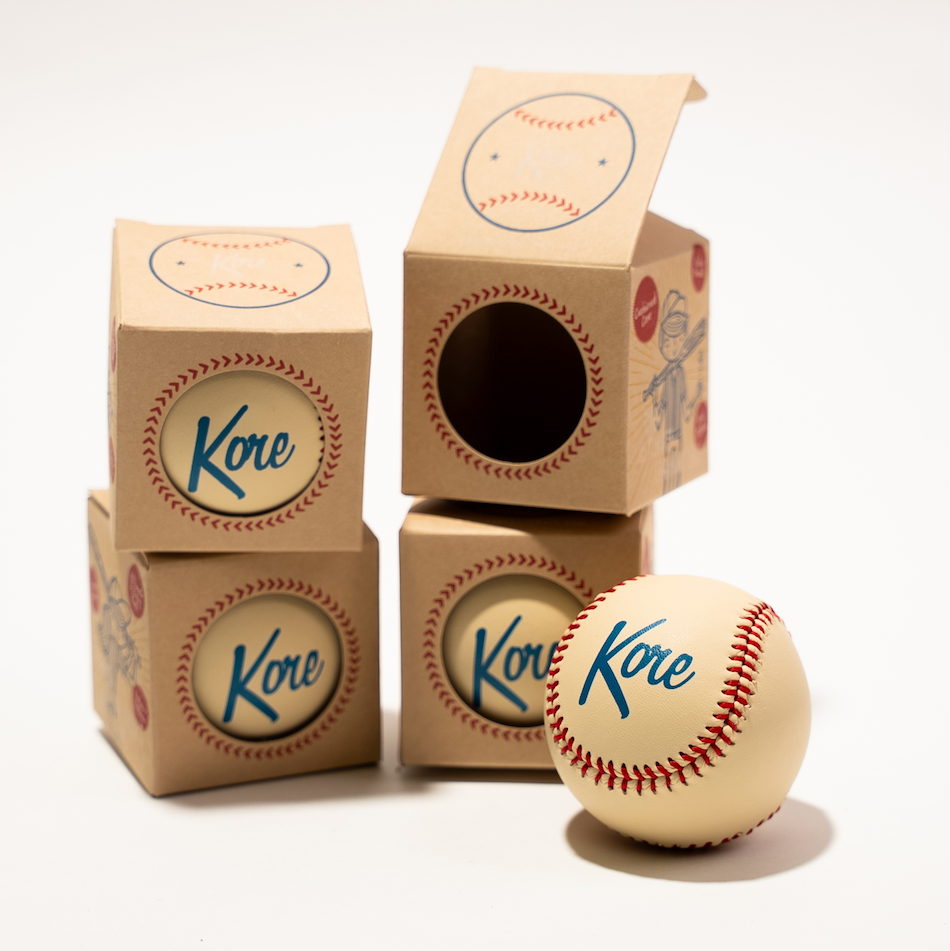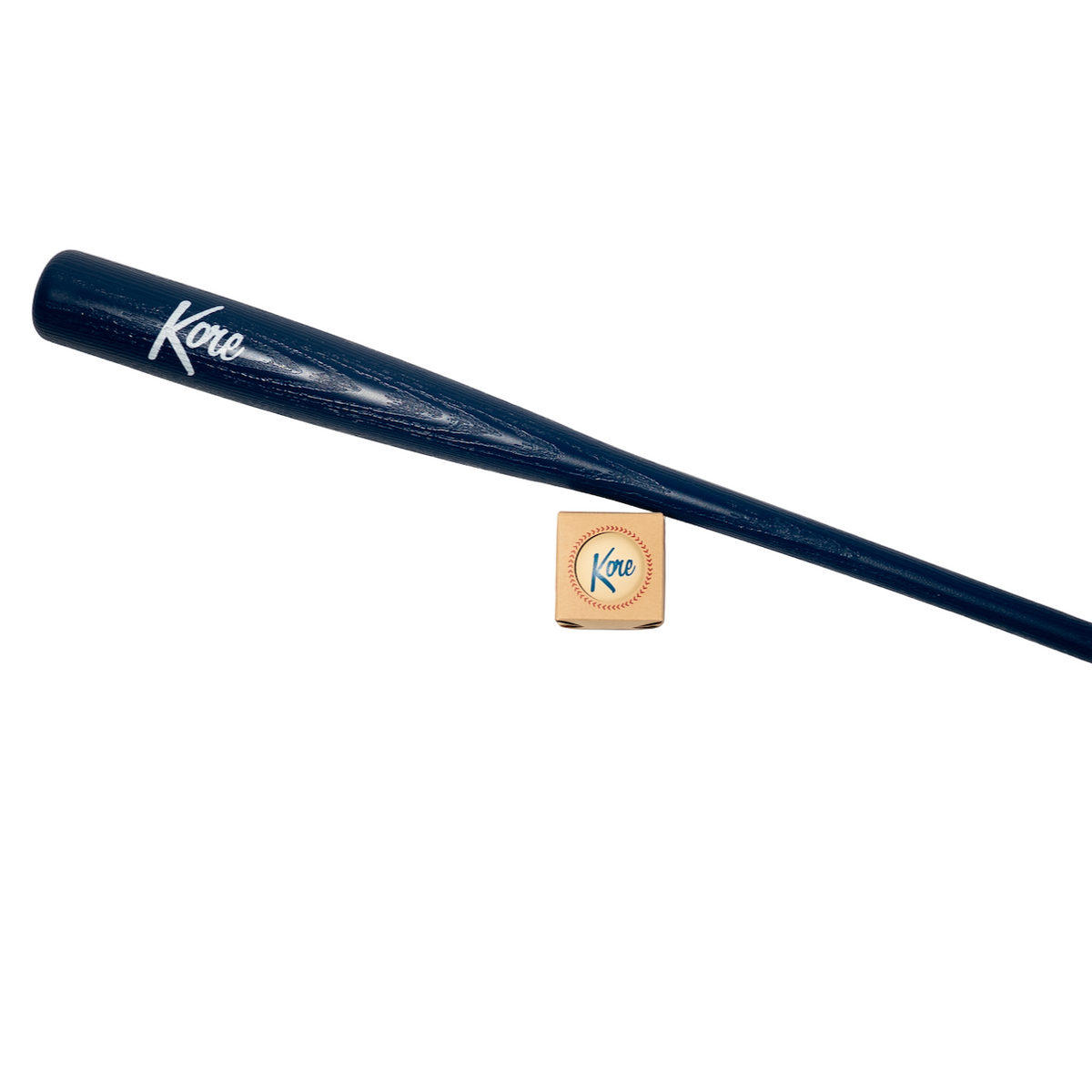Popular Wood Choices for Baseball Bats
When it comes to crafting baseball bats, three primary wood options dominate the market: ash, maple, and birch. Ash wood bats have been the traditional choice for decades due to their lightweight, flexible nature. They offer excellent whip through the hitting zone and provide a great balance between power and control. Ash bats also tend to have a larger sweet spot, making it easier to make contact with the ball consistently. However, durability may be a concern as ash bats are more prone to cracking or breaking compared to other wood types.
Maple wood bats have gained popularity in recent years, thanks to their superior density and strength. Maple bats are known for their durability and solid hitting impact, making them a preferred choice among power hitters. The denser wood allows for a stiffer barrel, translating into better energy transfer upon contact with the ball. While maple bats can be slightly heavier compared to ash bats, the added strength and durability often outweigh this drawback.
Birch wood bats offer a middle-ground option, combining the flexibility of ash and the hardness of maple. Birch bats are a blend of both worlds, providing solid hitting performance and improved durability. The grain pattern of birch wood helps in minimizing the chances of flaking or splintering, making it more resistant to breakage compared to ash bats. Birch bats are becoming increasingly popular, especially amongst players seeking high performance with increased longevity.
Wood Bat Performance Factors to Consider
When selecting a wood bat, several performance factors come into play that can significantly impact a player's game. Density and weight distribution are crucial aspects to consider. Dense wood with more weight towards the barrel end will generate greater power upon contact. Flexibility and elasticity determine the trampoline effect when the ball hits the bat, allowing for better ball exit speed. Durability and resistance to breakage are also vital, ensuring long-lasting performance.
Furthermore, it is important to consider the hitting performance of wood bats. Factors such as how the wood compresses upon contact, the speed at which the ball comes off the bat, and the vibration dampening characteristics can affect the overall hitting experience. Manufacturers employ different techniques to enhance these aspects and cater to various player preferences. Understanding these performance factors can help players make an informed decision when selecting a wood bat that aligns with their playing style and objectives.
Major League Baseball and Choosing the Right Wood
When it comes to professional baseball, the choice of wood holds immense significance. Major League Baseball (MLB) has specific regulations and standards for wooden bats, ensuring fair play and maintaining consistency in the game.
While there are no specific wood type requirements, players often opt for maple bats due to their dense nature and propensity to hit the ball with greater force. Several legendary players have relied on maple bats to deliver remarkable performances, enhancing their reputation and popularity.
However, it is worth noting that the use of maple bats has raised safety concerns in recent years. The density and hardness of maple could lead to bat splintering upon contact, potentially endangering players on the field. As a result, some leagues and organizations have imposed stricter regulations on maple bat usage.
Ash bats, on the other hand, have been the traditional choice in professional baseball for a long time. Their lighter weight, flexibility, and larger sweet spot make them a preferred option for contact hitters who focus on precision and placement. Ash bats tend to have more forgiving characteristics, making them less likely to shatter into dangerous shards upon breakage.
Birch bats have also made their way into the professional circuit, offering a balance between ash and maple. The durability and solid performance of birch wood make it an attractive choice for players looking for a versatile and long-lasting bat.
Ultimately, the choice of wood in Major League Baseball depends on player preference, hitting style, and the specific regulations imposed by the league or organization.
Care and Maintenance of Wood Bats
Wood bats require proper care and maintenance to ensure longevity and optimal performance. Here are some essential tips:
1. Storage and Environment: Store wood bats in a cool, dry place to prevent warping or moisture damage. Extreme temperatures and humidity can negatively impact the wood's integrity.
2. Surface Damage: Regularly inspect the bat for any surface damage such as knob cracks or handle dents. Address any issues promptly to prevent further damage or potential breakage.
3. Grip Maintenance: Keep the bat's grip clean and intact. Replacing worn-out grips or applying grip tape can enhance control and comfort during swings.
4. Avoiding Moisture Exposure: Wood bats are susceptible to moisture absorption, which can lead to weight gain and increased chances of cracking. Avoid using wet or damp bats, and wipe them clean after each use.
5. Rotating Bats: To prevent excessive wear on a single bat, consider rotating multiple bats during practice and games. This rotation can help distribute usage evenly, prolonging the lifespan of each bat.
By following these care and maintenance practices, players can extend the lifespan of their wood bats and maximize their performance potential on the field.
Alternative Bat Materials and their Pros and Cons
In addition to wood bats, there are alternative materials available for baseball bats that offer unique advantages. Here are a few options:
1. Composite Bats: These bats are made from a combination of materials, such as carbon fiber and resin, which provide increased durability and performance. Composite bats are known for their larger sweet spots and reduced vibration upon contact. However, they tend to be more expensive and may require a break-in period to reach optimal performance.
2. Aluminum Bats: Aluminum bats are lightweight, durable, and have a larger sweet spot compared to wood bats. They deliver consistent performance and do not require a break-in period. However, aluminum bats may produce a different feel and sound compared to wood bats and are not allowed in professional baseball.
3. Hybrid Bats: Hybrid bats combine elements of both composite and aluminum materials. They offer the benefits of a larger sweet spot and reduced vibration while maintaining durability. Hybrid bats can be a suitable choice for players who desire the feel of a wood bat while enjoying the advantages of modern materials.
Conclusion
In conclusion, the selection of wood for baseball bats plays a crucial role in a player's performance and the overall game of baseball. Each wood type, be it traditional ash, dense maple, or versatile birch, brings its own unique characteristics to the plate.
Understanding the performance factors associated with wood bats, such as density, weight distribution, flexibility, and durability, is essential for players looking to optimize their hitting capabilities. Additionally, considering the specific regulations imposed by the league or organization can help players make an informed decision.
While wood bats remain the go-to choice in professional baseball, alternative materials like composite and aluminum bats offer their own advantages in terms of durability, performance, and larger sweet spots. However, it's important to note that the use of non-wood bats may be limited to specific leagues or situations.
Proper care and maintenance of wood bats, including storage practices, addressing surface damage, and avoiding moisture exposure, are vital for extending their lifespan and ensuring optimal performance.
Whether a player prefers the traditional feel of ash, the power of maple, the versatility of birch, or the advanced technology of composite or aluminum bats, selecting a baseball bat that suits their individual playing style and objectives is key to success on the diamond.
As the game of baseball continues to evolve, it will be interesting to observe future trends and innovations in bat construction, aiming to enhance performance while maintaining the integrity and tradition of the sport.






